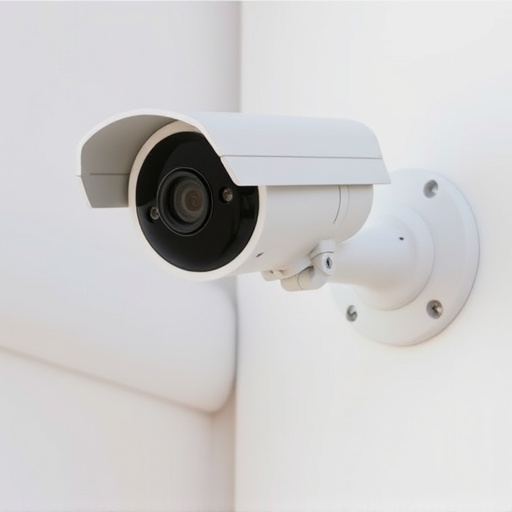Strategic placement of dummy camera red lights is a key home security measure often overlooked. High and prominent positioning, mimicking genuine cameras, acts as a powerful psychological deterrent for intruders. Regularly replacing dummy housing maintains realism, reinforcing security and offering peace of mind. Precise alignment with camera position ensures optimal intruder prevention through effective Red Light Placement.
“Enhance your security system’s effectiveness with a simple yet crucial upgrade—security camera dummy housing replacement. Understanding the strategic placement of dummy red lights is key, serving as a vital deterrent for potential intruders. This article guides you through the process, highlighting reasons why upgrading your dummy housing is essential for optimal surveillance. Learn the step-by-step approach to ensure a secure and realistic security setup.”
- Understanding Dummy Camera Red Light Placement
- Why Replace Your Security Camera Dummy Housing?
- Steps to Effectively Replace a Security Camera Dummy Housing
Understanding Dummy Camera Red Light Placement
The strategic placement of a dummy camera’s red light is a crucial aspect often overlooked in security measures. This subtle indicator serves as a powerful tool to deter potential intruders, as it conveys that your property is under surveillance. Typically positioned near genuine cameras, the red light mimics the presence of active surveillance equipment, even if there’s no actual camera inside. This simple yet effective strategy creates an illusion of enhanced security, making it harder for unauthorized individuals to trespass.
When replacing a dummy housing, ensuring the red light remains in a prominent yet realistic location is essential. It should be placed high enough to be visible from various angles, mimicking the line of sight of a real camera lens. This positioning sends a clear message that your property has advanced security measures in place, acting as a powerful psychological deterrent.
Why Replace Your Security Camera Dummy Housing?
Many security camera systems come with dummy housing as a standard feature, often strategically placed in plain sight to deter potential criminals. However, over time, these dummy cameras can become outdated or damaged, affecting their effectiveness as a deterrent. One of the primary reasons to replace your security camera dummy housing is to maintain a strong visual presence that discourages unauthorized activity.
A well-maintained and realistic-looking dummy camera with its red light placement can significantly contribute to home or business security. Replacing worn-out housings ensures that your security system remains functional and visually compelling, providing peace of mind and enhancing overall safety measures.
Steps to Effectively Replace a Security Camera Dummy Housing
Replacing a security camera dummy housing is a straightforward process that can significantly enhance your surveillance system’s effectiveness. First, locate the existing dummy housing, usually mounted on walls or ceilings in plain sight. This strategic placement is crucial for deterring potential intruders, as the bright red light indicates an active camera.
Once found, carefully remove the old housing by unscrewing any securing fasteners. Take note of the exact position and angle of the camera within to ensure a precise replacement. Install the new dummy housing, aligning it precisely with the camera’s position. Secure it firmly using appropriate tools, ensuring stability. The key step here is the correct Dummy Camera Red Light Placement, which should perfectly mimic the original setup to maintain the deterrent effect.
A well-placed security camera dummy housing can significantly enhance your home or business’s security, as it acts as a deterrent for potential intruders. Understanding the optimal Dummy Camera Red Light Placement is key to maximizing its effectiveness. Regularly inspecting and replacing your dummy housing ensures these visual deterrents remain functional and in position, providing peace of mind and an extra layer of protection. By following simple replacement steps, you can keep your security system robust and up-to-date.
